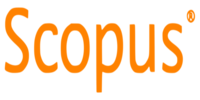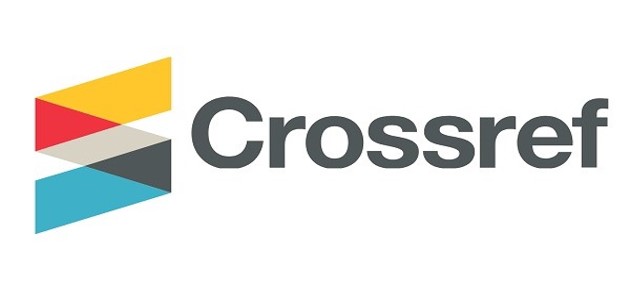Evaluation of the Efficiency of Probe and Indicator Device traps for Catch Adults of the Cowpea weevil Callosobruchus maculatus Fab. (Coleoptera: Chrysomeloidea)
DOI:
https://doi.org/10.36077/kjas/2023/v15i1.3591Keywords:
Callosobruchus maculatus, Probe trap, Indicator trapAbstract
The Probe trap was tested with three types (empty, water, alcoholic extract of (Vicia faba) respectively and for three periods of time (1, 2, 3) days respectively to catch the cowpea weevil C. maculatus that infests the broad bean seeds prepared for cultivation. It gave a trap Probe catching percentage on the third day of placing the traps respectively (19.16, 62.5, 88.33)% respectively, and the lowest catching percentage on the first day was (5.83, 20, 41.67%) respectively, while the highest percentage of catch was for the Indicator device trap with three species (Grease as sticky material , water, Vicia faba flower extract) for the third day with placing traps (52.5, 70, 72.5%) respectively, and the lowest percentage of catching was on the first day, which was (27.5, 40, 47.5%) respectively. From the experiment, the efficiency of the Probe trap and the Indicator device trap, to which bean flower extract was added, in hunting C. maculatus adults for the same time period, where the extract increased the efficiency of the two traps, followed by water for the same period of time.
Downloads
Downloads
Published
How to Cite
Issue
Section
License
Copyright (c) 2023 Karrar Mohammed Hussein Al-Hamadani , Falah Abood Sabit

This work is licensed under a Creative Commons Attribution 4.0 International License.
Kufa Journal for Agricultural Sciences is licensed under the Creative Commons Attribution 4.0 International License, which allows users to copy, to create extracts, abstracts and new works from the Article, to alter and revise the Article, and to make commercial use of the Article (including reuse and/or resale of the Article by commercial entities), provided the user gives appropriate credit (with a link to the formal publication through the relevant DOI), provides a link to the license, indicates if changes were made and the licensor is not represented as endorsing the use made of the work. The authors hold the copyright for their published work on KJAS website, while KJAS responsible for appreciate citation for their work, which is released under CC-BY-4.0 enabling the unrestricted use, distribution, and reproduction of an article in any medium, provided that the original work is properly cited.














